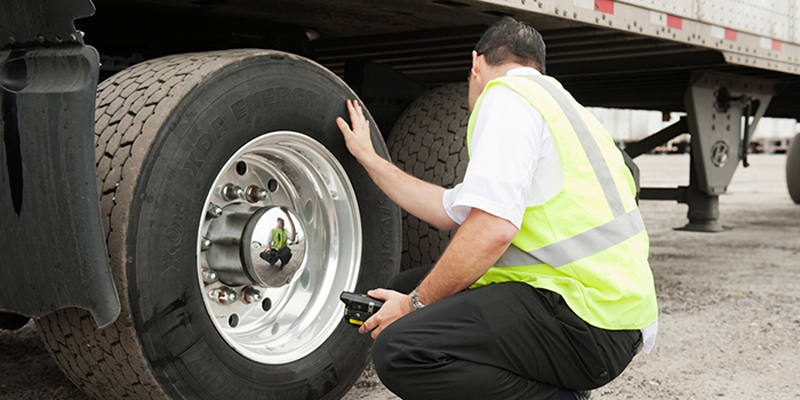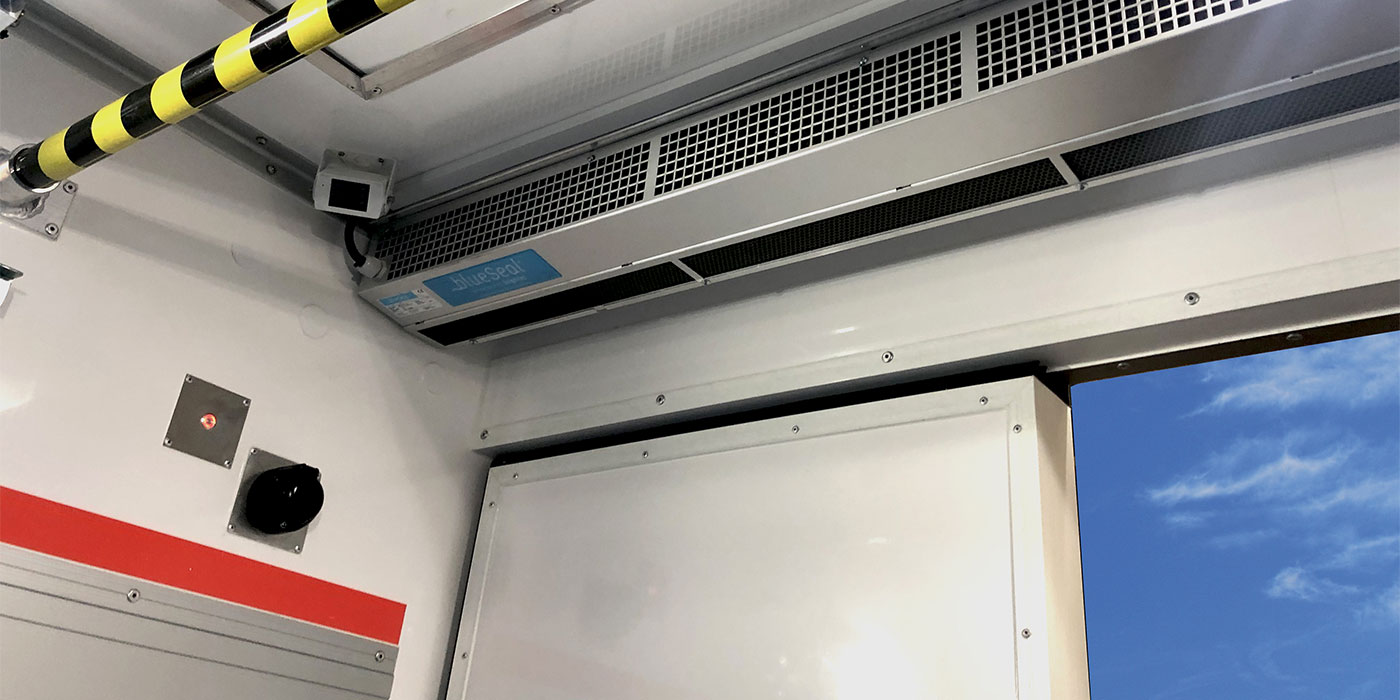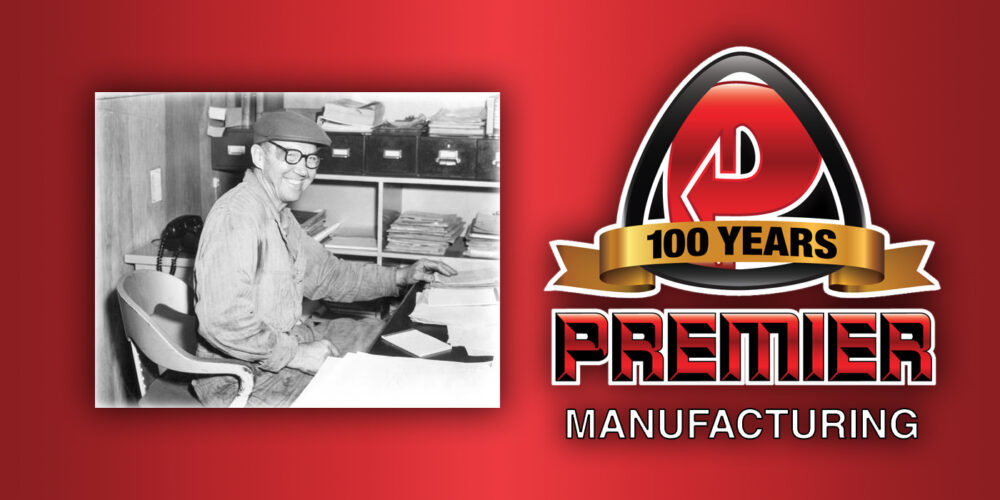As evidenced by all the new tire inflation offerings at this year’s NACV show back in October, new technology is allowing fleets to keep a closer eye on tire pressure. Let’s take a look at some of the new products that are helping trucking companies get the most ROI out of their tires:
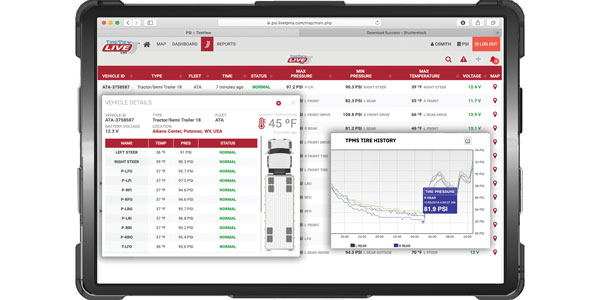
TireView Live
Pressure Systems International (P.S.I.) introduced TireView Live, a data analytics platform for tires, at NACV. The company says the platform gives a fleet the ability to view top-level system status on ATIS operation, tire pressure and temperature and provides real-time reporting.
“Understanding the full story of what your tires are doing allows fleets to plan both maintenance and equipment utilization, better and faster,” says Jim Sharkey, VP of global sales & marketing for P.S.I. “Our solution provides the ability to view real-time information, as well as historical data on one of the most costly and difficult to manage aspects of trucking – your tires.”
The analytics platform is designed to integrate with one or more TireView sensors, which can unlock all kinds of different data from both truck and trailer tires. For example, the company’s Digital ThermAlert wheel-end sensor, scheduled for a mid-2020 launch, can provide data on a tire’s highest temperature reached and when a temperature issue first began.
“All of our TireView sensors and components work harmoniously with each other and can be utilized in a multitude of configurations, even allowing for upgrades and additions after the initial investment,” Sharkey says. “The ability to customize alerts based upon [a fleet’s] baseline data, rather than an aggregated market summary, is very important to allow fleets to fine-tune their operations.”
Sharkey added the platform is designed to deliver data to a fleet’s operations team in addition to the driver, or can bypass the driver entirely to take on-board technician duties off their plate.
P.S.I. is working with third-party telematics providers to send data through their portals. Integration partners include Truck-Lite, Phillips Connect and Spireon. This reduces upfront hardware costs and ongoing data fees, the company says.
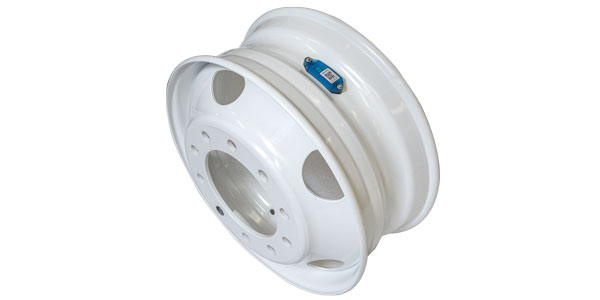
Smart Wheel Connectivity
Maxion Wheels has collaborated with ZF Openmatics to develop a wheel connectivity solution which uses a multiservice sensor called a Wheel TAG to capture, analyze and broadcast data, such as tire pressure and temperature, wheel load and other wheel and tire performance metrics, to drivers and fleet managers.
“Vehicle performance and safety are both strongly relying on the wheel and tire conditions, so this solution can add value to any driver and fleet owner,” says Evan Bunner, advanced product engineer and project manager for Maxion Wheels. “Next to that, it has extreme advantages in two specific areas: vehicles or groups of vehicles with extreme demands placed on the wheel and tire combination, as well as vehicles or assets that spend large amounts of time away from the management center.”
The Smart Wheel Connectivity Solution combines Maxion Wheels’ MaxSmart wheel sensor technology with ZF Openmatics’ integrated TAG sensor platform.
“By partnering with [ZF Openmatics] we combine our wheel leadership with their intelligent sensing and telematics expertise to offer an integrated mechanical and sensing solution that will help prevent potentially dangerous and costly tire and wheel-end failures,” Bunner says.
Bunner says the company chose to put the sensor on the wheel so it can be independent of the tire. He said this was done for service reasons, and the sensor will likely have different service intervals.
“The wheel is also an advantageous place to measure as it is the first rigid body of the vehicle that is in contact with the ground,” Bunner says. “Generally, the mechanical and material behavior of the wheel is more predictable than a tire.”

Halo Connect
Aperia Technologies expanded Halo Connect, its tire analytics platform that aims to enable commercial fleets to reduce unplanned tire-related downtime. Halo Connect features vehicle location and service insights, in addition to tire tread depth and replacement tracking.
“We’ve seen fleets report a 90-plus percent reduction in tire-related emergency roadside service since implementing Halo Connect in their fleet,” says Josh Carter, president and chief executive officer at Aperia Technologies.
Halo Connect is available for use on vehicles equipped with the company’s Halo Tire Inflator.
Look for Part II of this story in Fleet Equipment’s January issue.

